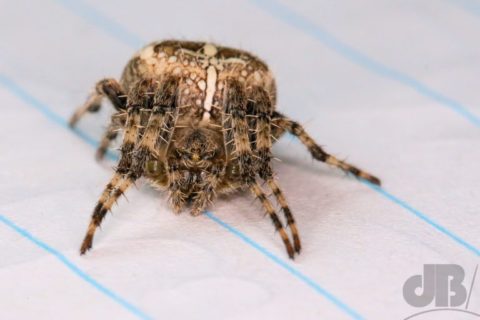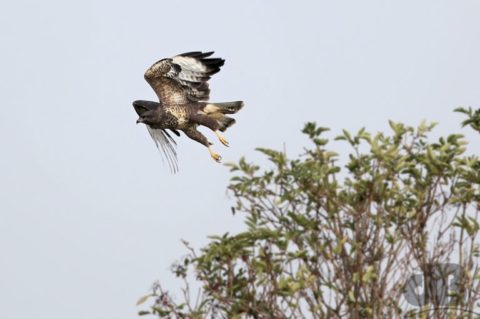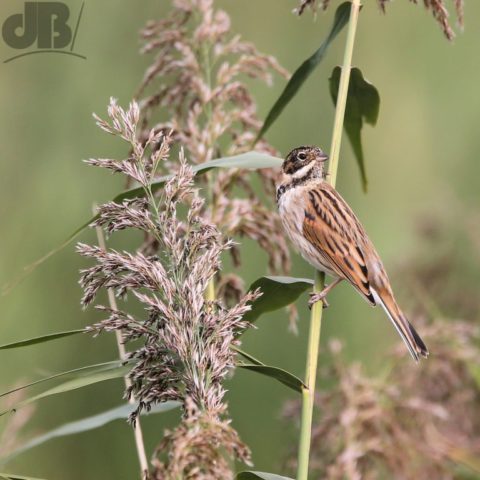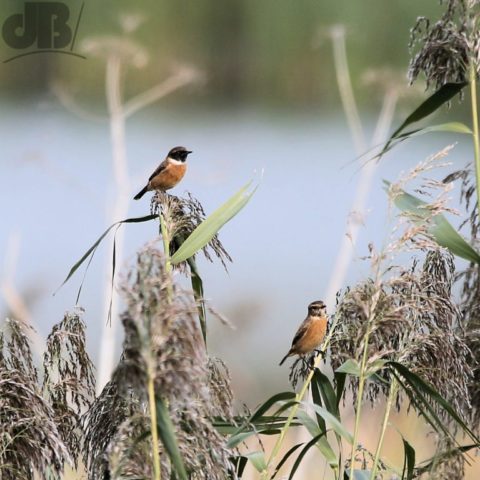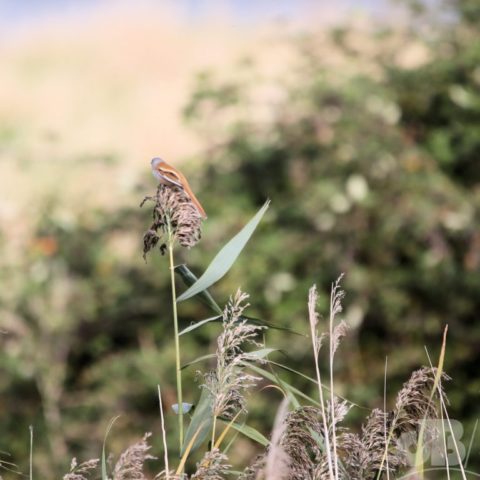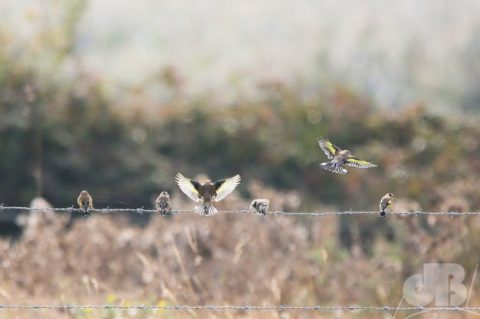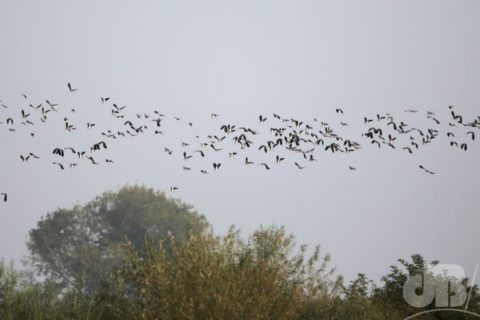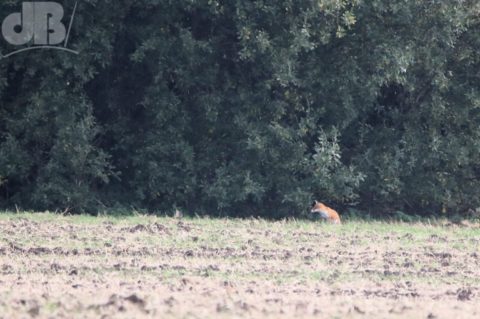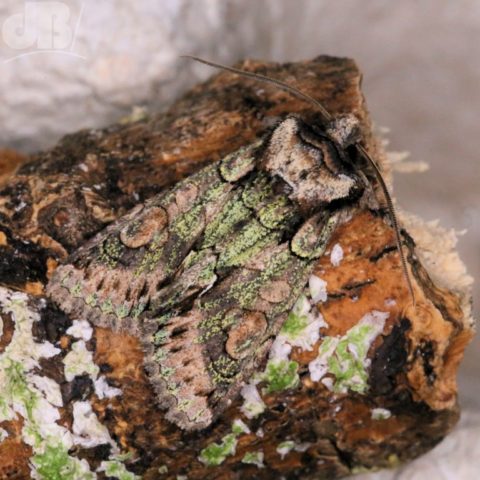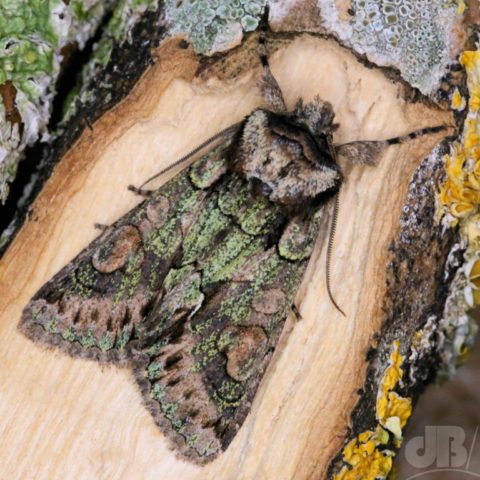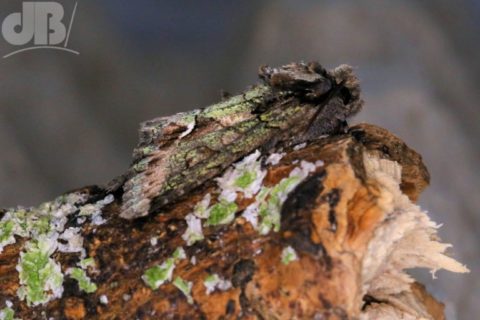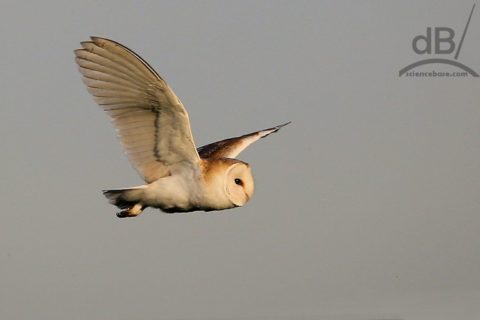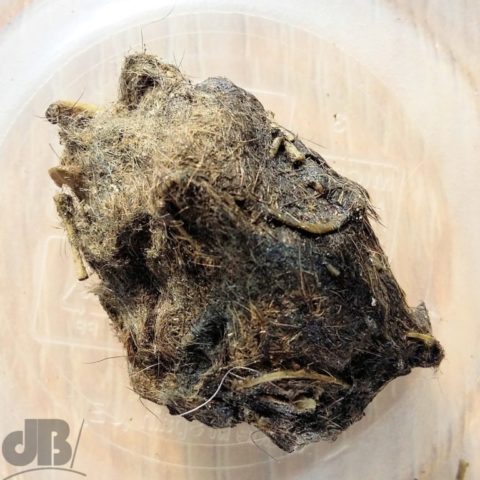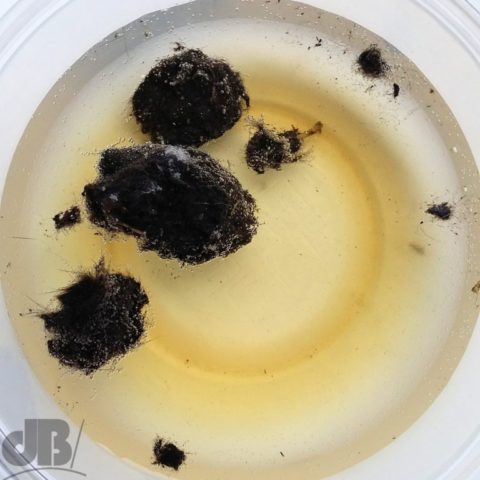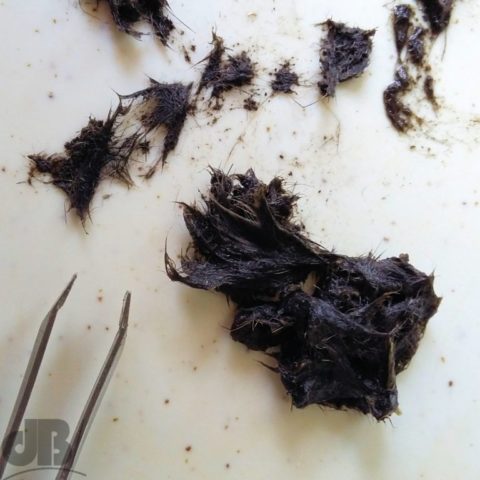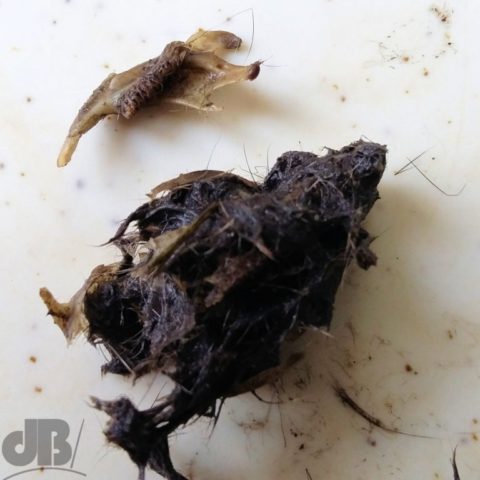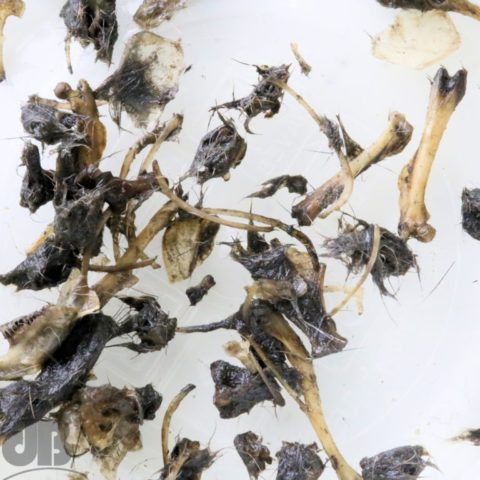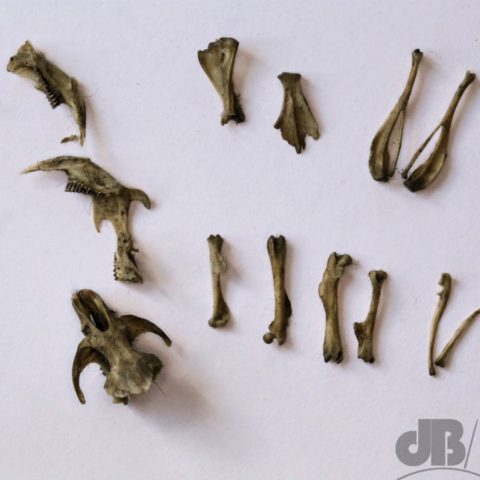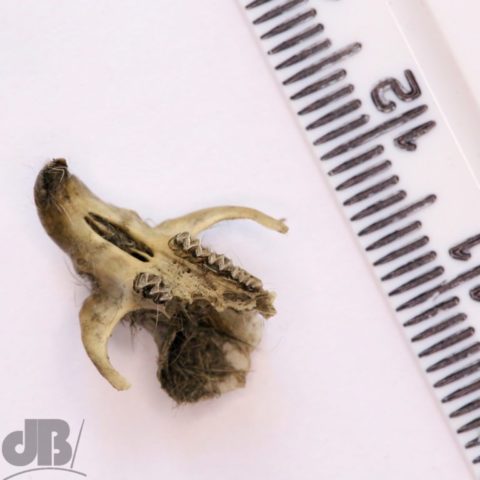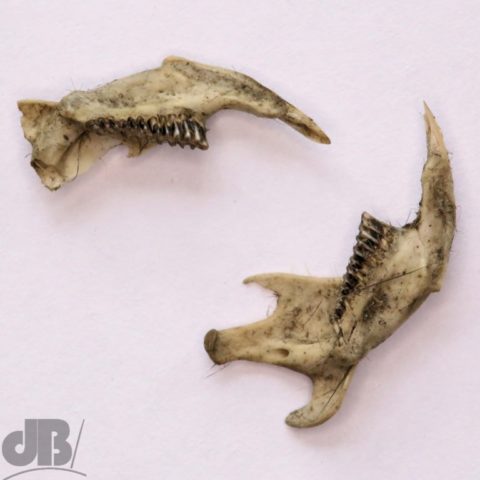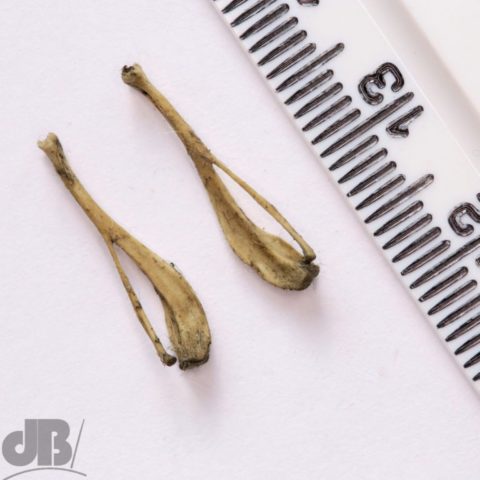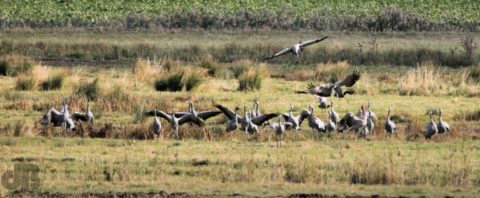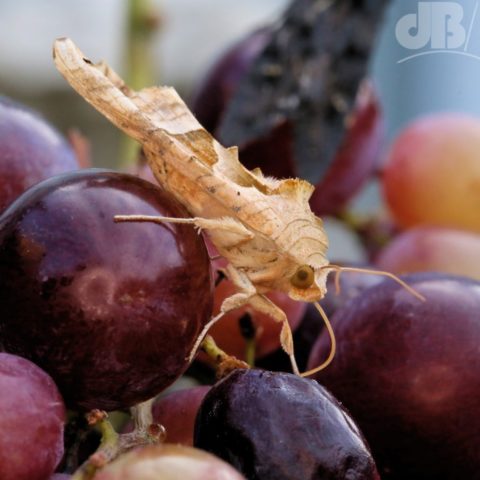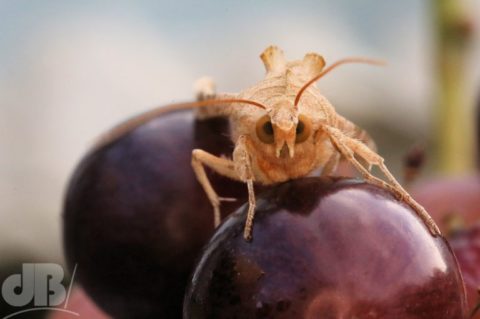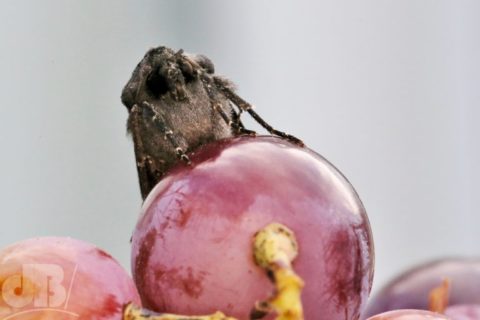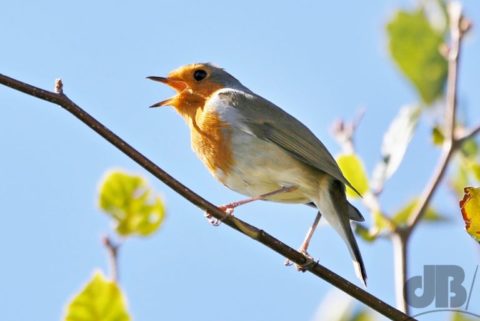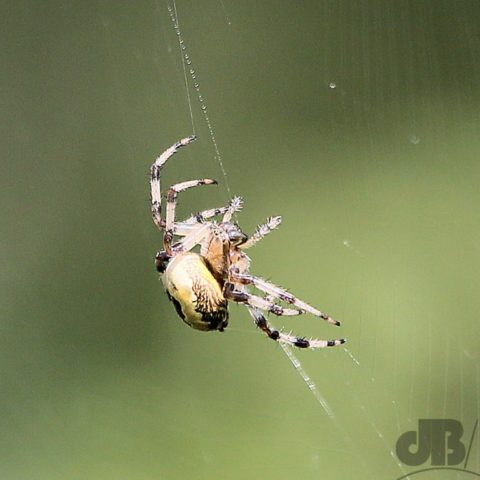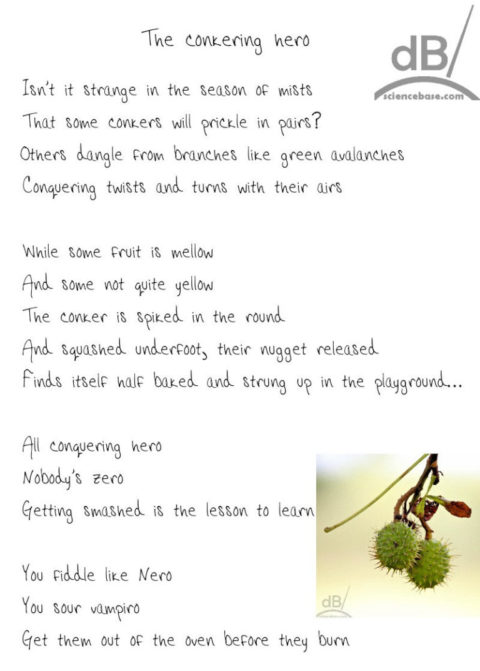Our feathered friends, the birds, are all descended from the dinosaurs. Specifically, birds evolved from the hollow-boned theropod dinosaurs which includes the Tyrannosaurus rex. All 10500 species of bird alive today and all the many thousands of others that are extinct came from the dinosaurs. But. Didn’t the dinosaurs die out 65 million years ago when a huge asteroid hit the Earth, you ask? Well, most groups that were still around at the time did, allowing the mammals to fill the ecological niches left empty by their sudden absence. However, the lineage of those hollow-boned dinos would persist too. The question is how did they survive when their cousins died out?
Writing in the journal scientists affectionately know as PNAS, researchers explain how they have found another adaptation that could have given the ancestor of the birds an advantage when things got very tough for the other dinosaurs. They have examined the fossilized lungs of a bird ancestor, Archaeorhynchus spathula, using scanning electron microscopy and found features in the lungs of those animals that resemble those of modern birds and are thought to be an evolutionary adaptation that supported flight include unidirectional airflow in the lungs, supplementary air sacs, and lung tissue that is finely subdivided to maximize surface area and so absorption of oxygen from the atmosphere to drive the huge energy requirements of flying.
Crocodilians are the only other living creatures that have unidirectional airflow and this characteristic is now thought to have evolved even before the ancestors of the early feathered dinosaurs.
The authors also discovered among the preserved plumage of the fossil a pintail feather structure that has not been seen in other known birds of the Cretaceous period but is seen in some modern birds. The researchers suggest that all of this evidence stacks up to the fact that key avian structures were in place by the Early Cretaceous and could have been what helped the ancestors of modern birds survive the extinction of the other dinosaurs.
“Archaeorhynchus preserving significant soft tissue including probable fossilized lungs,” Xiaoli Wang et al. Proc Natl Acad Sci (2018)
